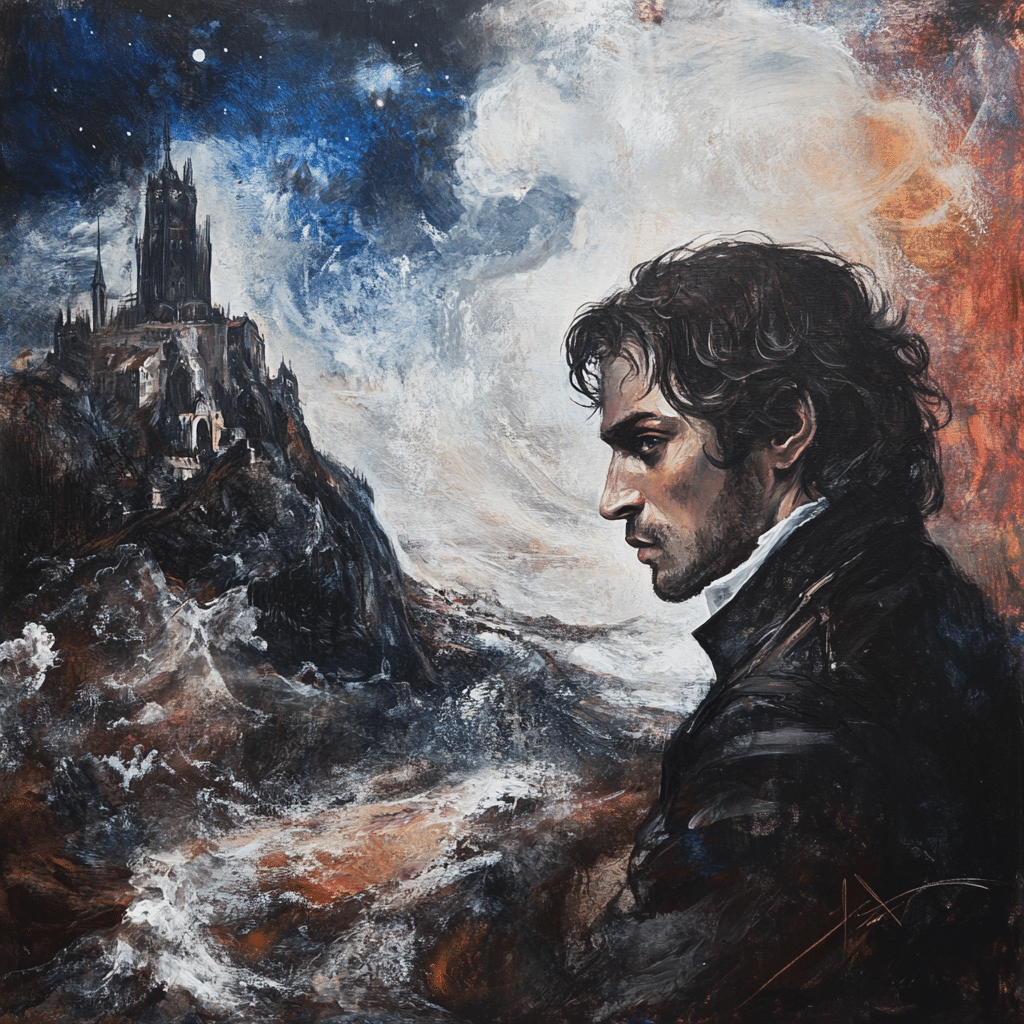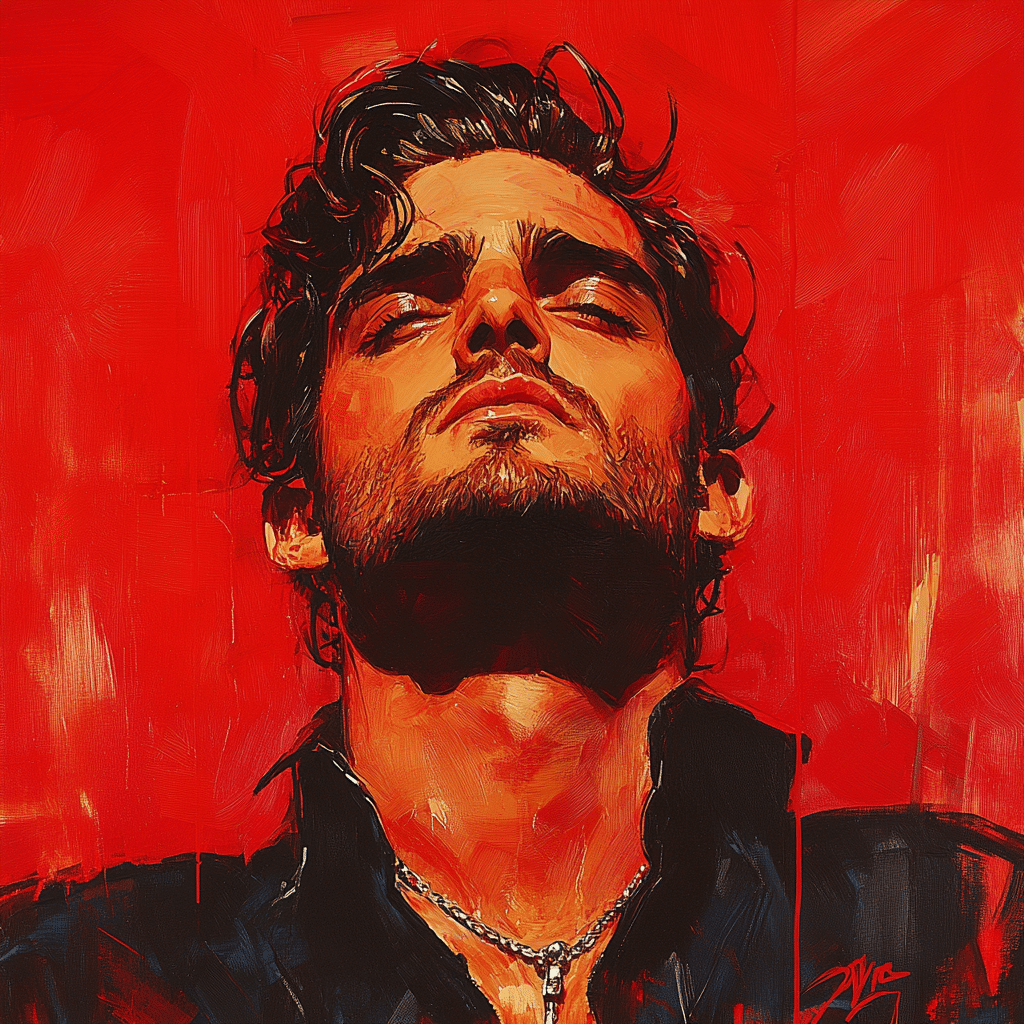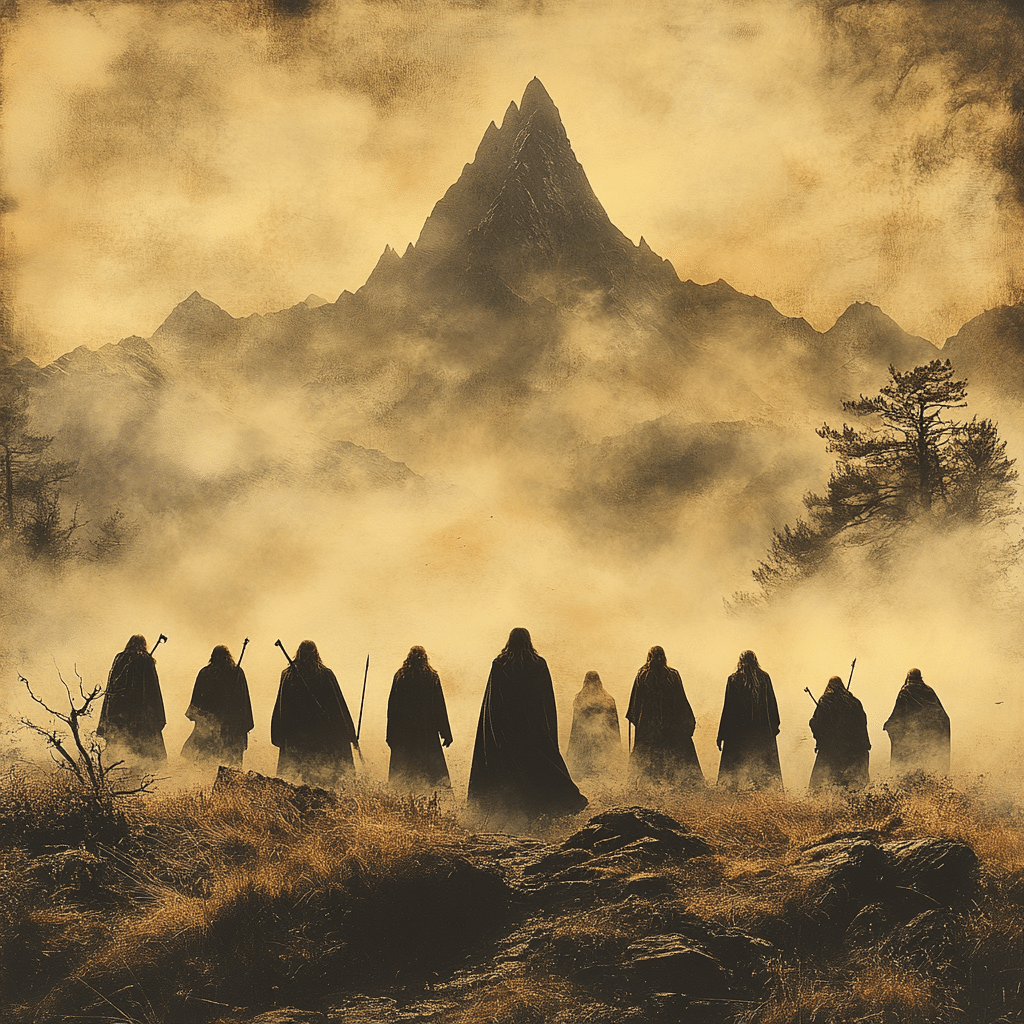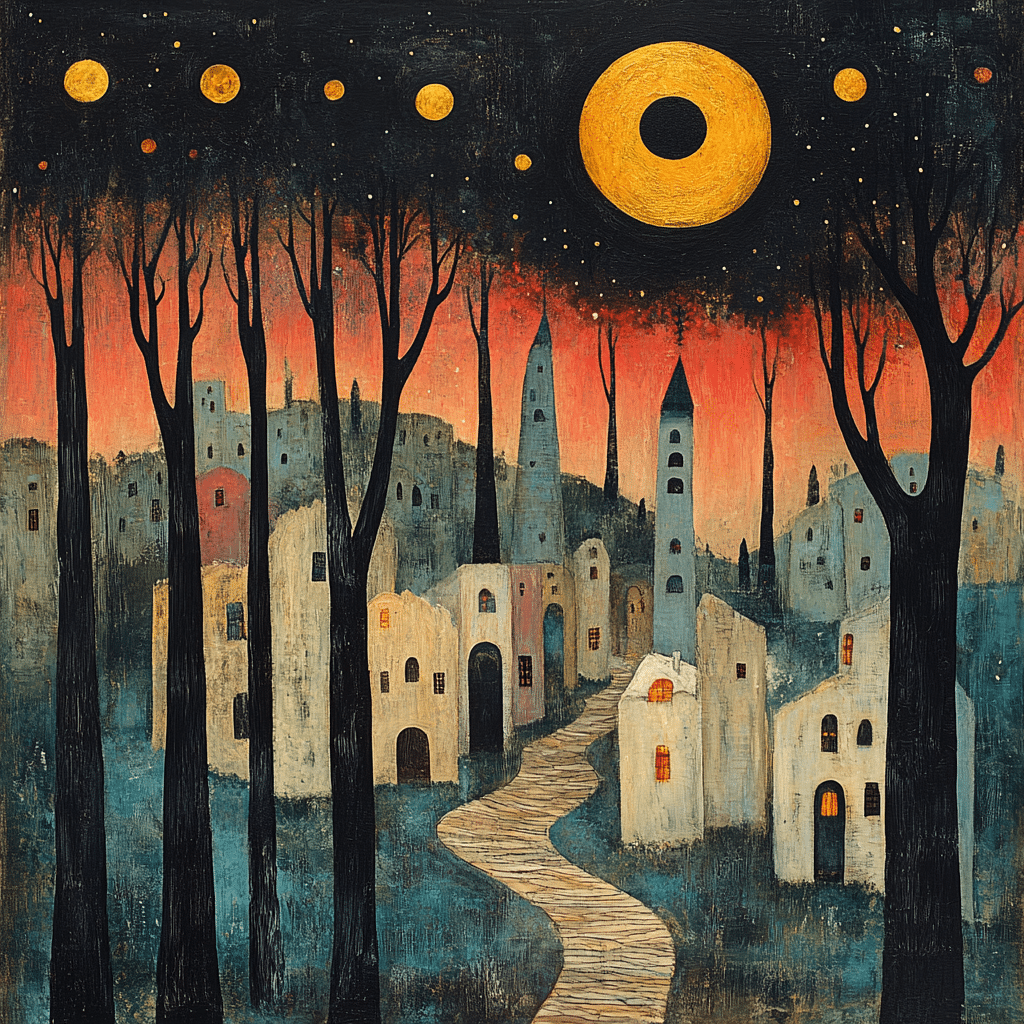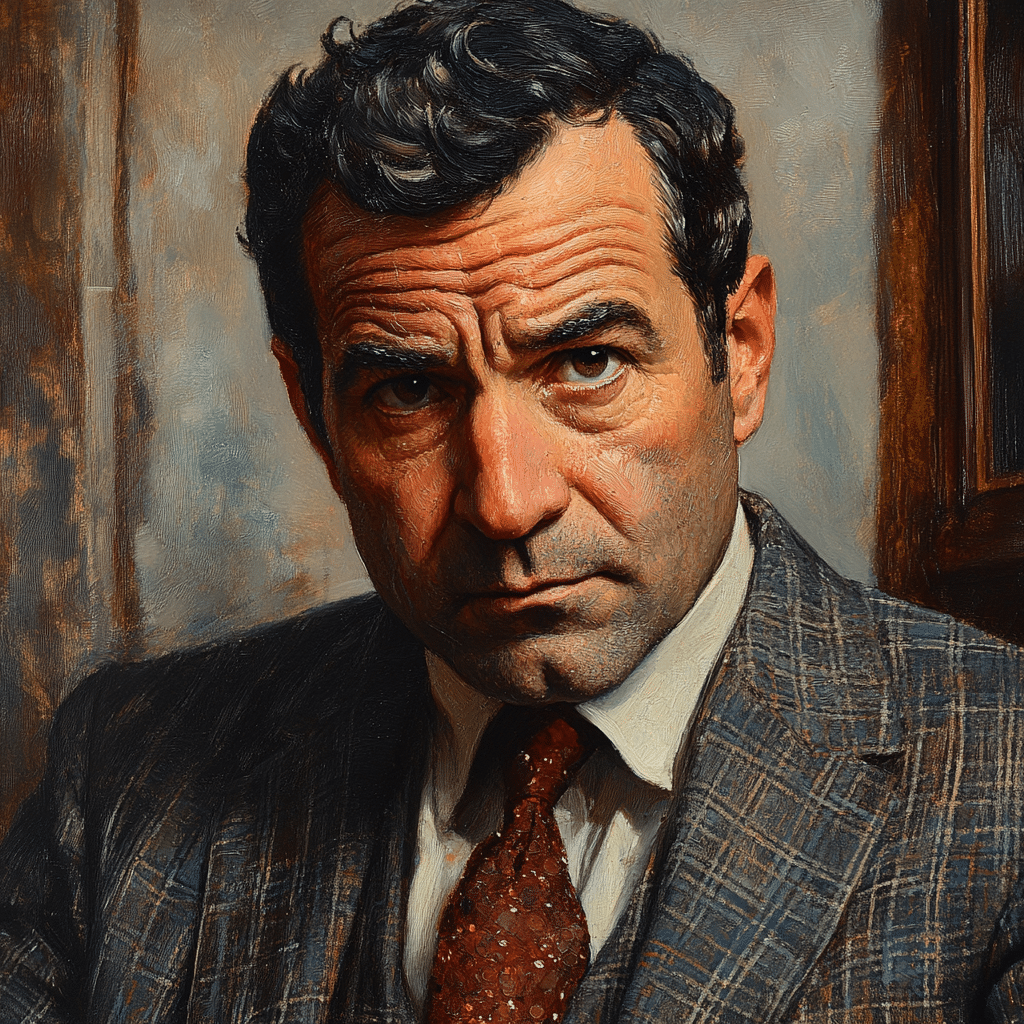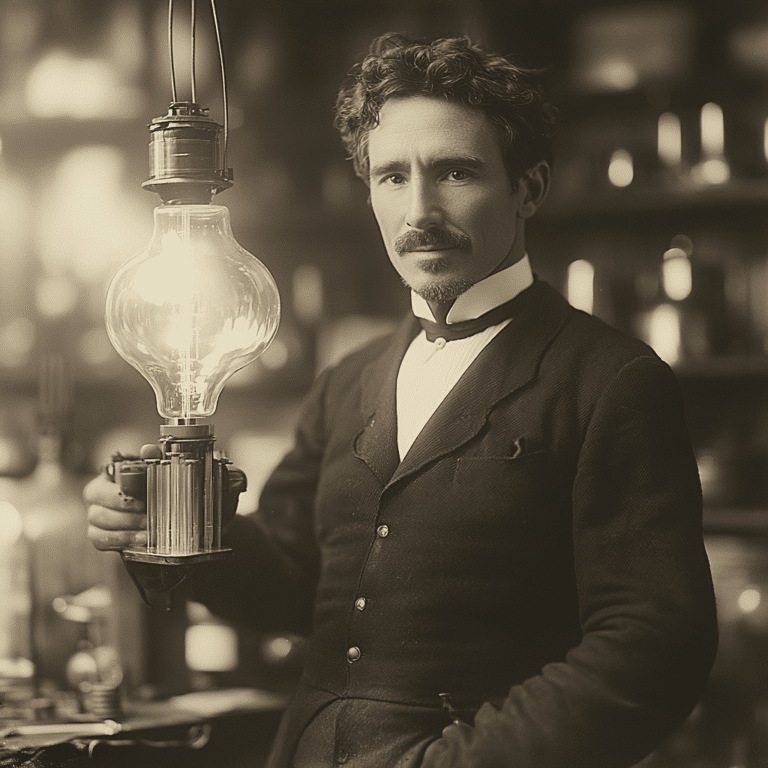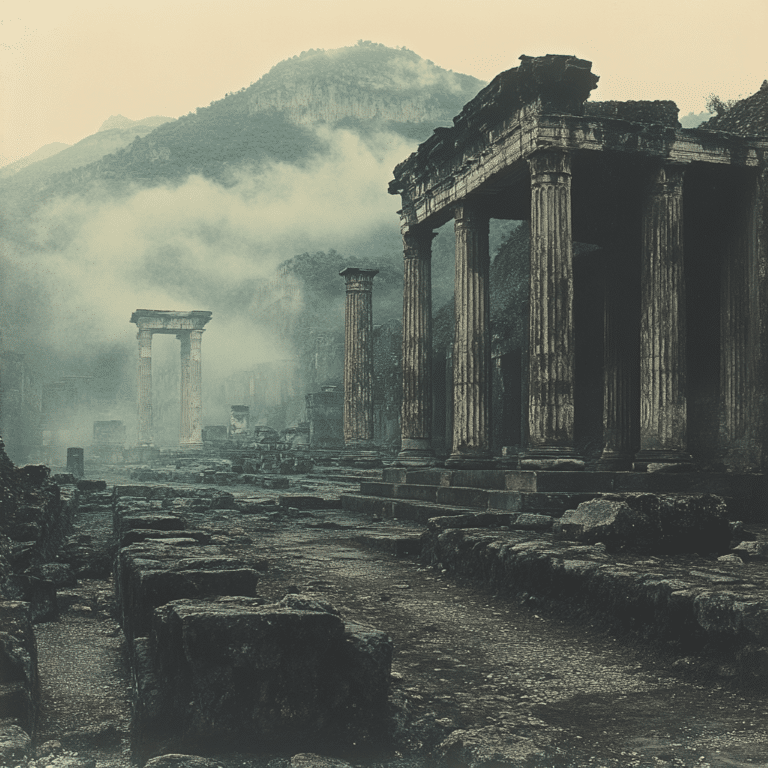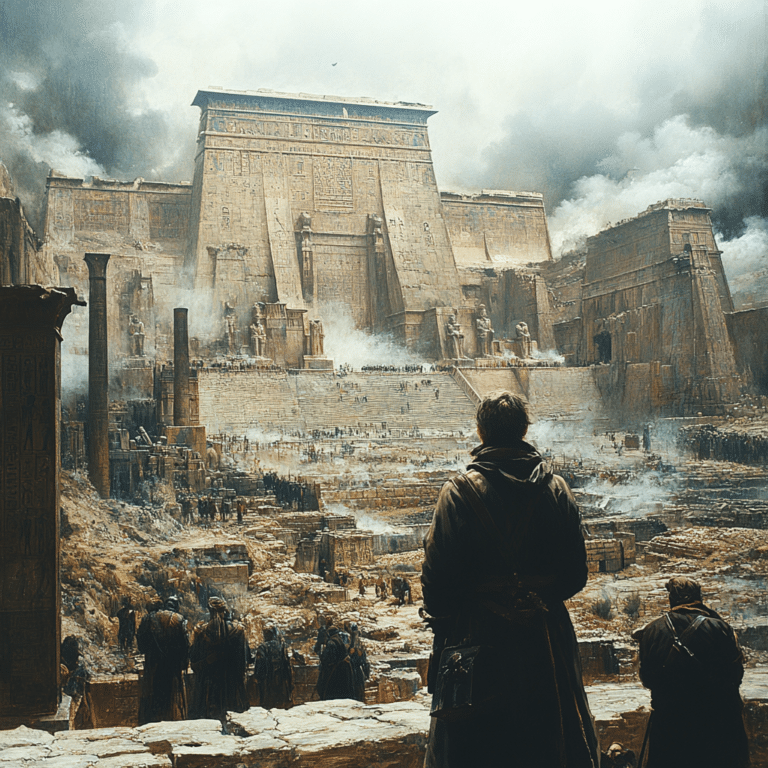Ah, The Count of Monte Cristo! This legendary story, spun by Alexandre Dumas back in 1844, still captures our hearts and minds today. With themes of betrayal and revenge weaving through its pages, this epic tale has been a source of inspiration for countless adaptations. Who doesn’t love a good revenge story? As we dive into the mindset of Edmond Dantès, we explore the fine line between vengeance and justice. Trust me, you’ll want to stick around for this insightful journey!
The beauty of The Count of Monte Cristo is that it reflects real human emotions, showing us exactly how far one might go when wronged. While it might seem like a classical piece reserved for classrooms, the emotions it conveys resonate strongly with modern audiences. Just think about it: betrayal, vengeance, and the quest for justice are just as relevant today as they were in Dumas’s time. Whether you’re binge-watching a series or quietly contemplating your next move in a card game, the implications of Edmond’s tale linger in the air.
Adaptations of The Count of Monte Cristo keep popping up in cinema and on screen, connoisseurs of storytelling can always find something fresh. From the 2002 film starring Jim Caviezel to various animated versions that introduce the story to younger audiences, The Count of Monte Cristo feels like it’s been tailor-made for every generation. You can’t deny the connection this story creates—just like sunshine on a chilly day!

Five Powerful Lessons on Revenge from The Count of Monte Cristo
1. The Price of Revenge
Let’s get down to brass tacks: revenge isn’t free. Edmond Dantès, who starts off as a wide-eyed sailor, transforms into the calculating Count of Monte Cristo. His journey showcases the steep price of revenge. As the film version with Jim Caviezel illustrates, Dantès winds up losing his innocence and many of his relationships in the wake of his thirst for vengeance. It’s a harsh lesson that revenge, while thrilling, can really come back to bite you in the behind!
2. The Complexity of Justice
Now, Edmond isn’t just your typical vengeful character; he’s got a game plan. He meticulously calculates each step against his betrayers—Fernand, Danglars, and Villefort—with the aim to deliver what he sees as justice. Think about it: this makes you ponder the moral dilemmas facing people in our modern society. Consider families that try to fight for justice through social media after a loved one’s wrongful death—does their pursuit of vigilante justice echo Edmond’s journey? It raises eyebrows, doesn’t it?
3. The Role of Time and Patience
Whoever said to be patient definitely had The Count of Monte Cristo in mind! Dantès teaches us that great things take time, especially revenge. He’s not rushing into anything; instead, he spends years plotting his retribution. Look at real-life examples, like whistleblowers in corporate frauds such as the case of Theranos, who took their time and meticulous planning to bring crucial injustices to light. Rewarding outcomes often await those who are willing to bide their time.
4. Friendship vs. Betrayal
Nothing says drama quite like a good friendship gone wrong! The Count of Monte Cristo brilliantly highlights how friends can turn into enemies overnight, and vice versa. Mercedes, Dantès’s former love, beautifully illustrates this complexity. The landscape of social media today echoes these themes vividly, where friendships might disintegrate due to online betrayals. It’s like watching a soap opera every time you check your feed!
5. Forgiveness and Redemption
The sweetness of vengeance is often overshadowed by the lesson of forgiveness. By the end of the tale, Dantès realizes that liberating oneself through forgiveness may be the ultimate path toward inner peace. Look at figures like Malala Yousafzai, who has turned her personal tragedy into a message of peace and education; it’s inspirational! Dumas’s work encourages us to see the transformative power of forgiveness over a life consumed by hate.
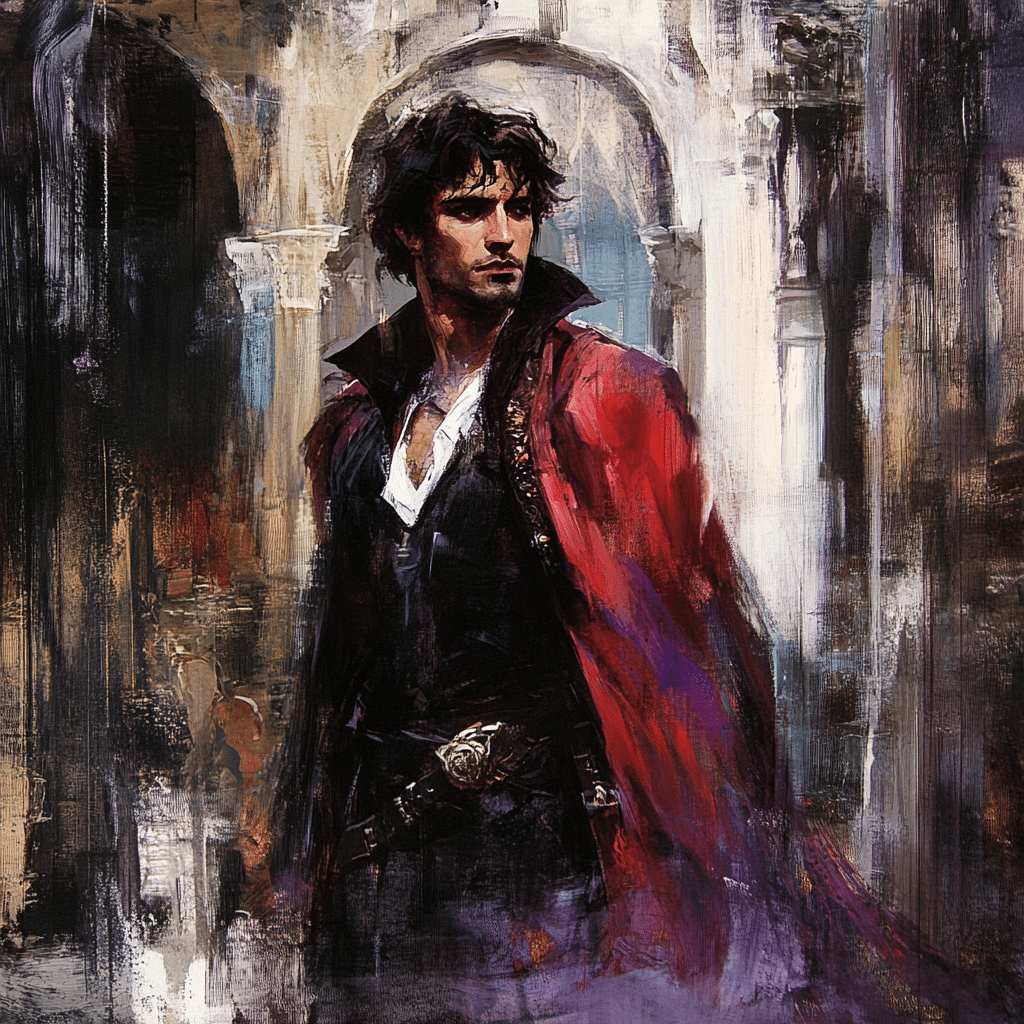
The Modern Relevance of The Count of Monte Cristo
So, why is The Count of Monte Cristo still relevant today? Simple! The themes resonate loud and clear. Movies, TV shows, and even literature often pull inspiration from this classic. The recent Netflix series updating The Count of Monte Cristo offers a fresh take on the timeless narrative for a new generation. Doesn’t it feel good to see these beautiful stories revived?
This enduring tale encourages audiences to reflect on their own lives and consider the ramifications of revenge. As readers and viewers absorb Dantès’s journey, they recognize the risks involved in seeking vengeance and the potential personal evolution that may unfold. Just as Dumas intended, the questions surrounding justice and revenge stir discussions long after the pages are turned or the credits roll.
Wrapping Up the Legacy of Revenge in The Count of Monte Cristo
In conclusion, The Count of Monte Cristo serves as a poignant reminder of the human experience. While revenge may initially taste like sweet nectar, the journey often leaves scars deeper than expected. Through Edmond Dantès’s trials, we question how we respond to betrayal in our own lives. At the end of the day, it’s all about finding our balance between justice and vengeance. When is revenge justified, and what toll does it take on our souls? Engaging with these themes guarantees that The Count of Monte Cristo remains not just a relic of literature but an essential examination of our humanity moving forward.
So, next time you ponder revenge or take a twist through societal conflicts, remember Dumas’s timeless masterpiece. Dive deep into The Count of Monte Cristo and perhaps think twice about picking up that proverbial sword. What’s it going to be for you? A path of vengeance or a journey toward redemption? Have your say in the comments below!
The Count of Monte Cristo: Revenge and Its Ripple Effects
A Tale Older Than Time
Did you know that Alexandre Dumas wrote “The Count of Monte Cristo” in just 18 months? That’s quite a feat! First published in 1844, the story captures the essence of revenge, redemption, and justice, making it a timeless classic. It’s intriguing how this tale has influenced modern stories and characters, even inspiring films and serials—think about how you might see a little bit of Edmond Dantès’ spirit in characters like Jon Snow on “Game of Thrones.” It’s all about that struggle for justice, don’t you think?
Speaking of timeless themes, the novel also touches on exciting plot twists that keep readers on the edge of their seats. The transformation of Edmond from a naive sailor into a cunning mastermind is captivating. Adaptations of the story are abundant, with filmmakers continuously reimagining it for new audiences. Ever notice how the feeling of renewal resonates with the decorum of celebratory occasions like New Year’s Eve? It’s all about fresh starts, similar to Dantès’ own journey from despair to triumphant revenge.
Revenge: The Last Resort
Let’s dive into the power of revenge, which is the backbone of the story. Through a series of calculated moves, Dantès teaches us that revenge can quickly turn into obsession—something many can relate to in their own lives. It seems that while we’re often told to let go and move on, some folks find it hard, echoing the struggles of those dealing with deeper issues, like the challenges faced by mothers in recovery, represented by groups such as Ma Mommy. Dantès’ relentless pursuit ultimately leads to both triumph and tragedy, highlighting a fine line between justice and vengeance.
Interestingly, the themes in “The Count of Monte Cristo” resonate even today. Just like how athletes strive for greatness, take Virat Kohli, for instance, who channels his struggles into victories. Dantès similarly transforms his hardships into his drive for justice. And then, consider the consequences of one’s actions—Dantès’ story warns us that the road to revenge is a slippery slope.
Lasting Impact on Literature and Film
Finally, the influence of “The Count of Monte Cristo” extends into pop culture, with numerous adaptations from films to television series. One remarkable connection could be drawn to the surge of interest in court dramas, like those seen at the Multnomah County Courthouse, which depict moral dilemmas often wrapped in revenge. The way Dumas explores betrayal and loyalty resonates well with today’s storytelling, keeping audiences hooked on similar threads.
As we reflect on this classic tale, it’s worth considering how elements of intrigue and desire for vengeance manifest in our daily lives. The saga of Dantès reminds us that revenge often comes at a high price. Ultimately, whether it’s the aesthetics of a gripping narrative or the pure thrill of a vengeful plot twist, “The Count of Monte Cristo” continues to wield a powerful grip over our cultural fabric, speaking volumes about the human experience.
